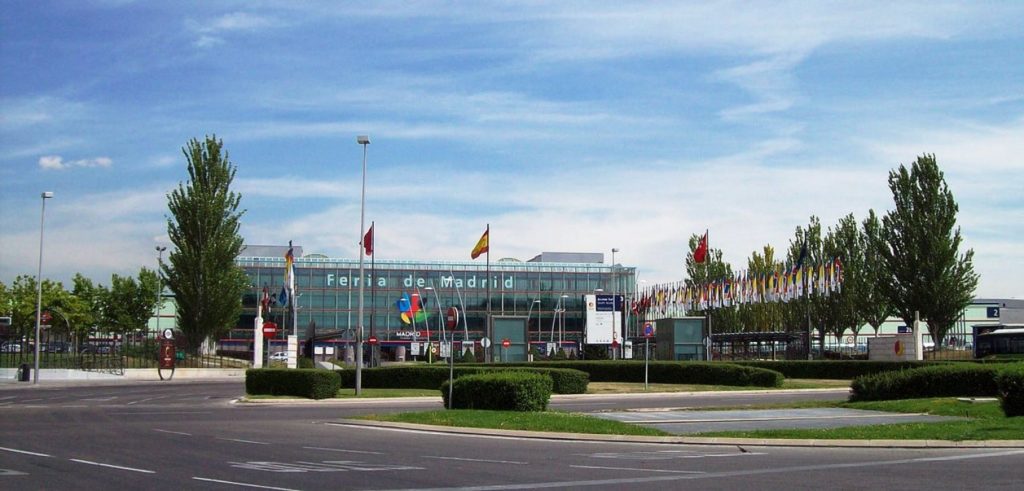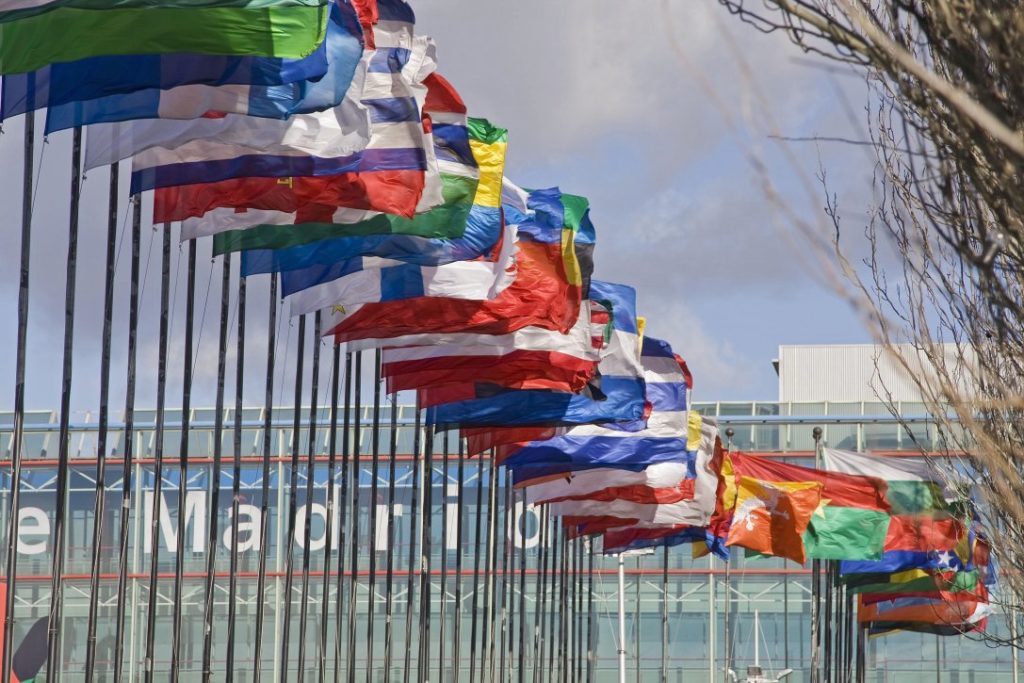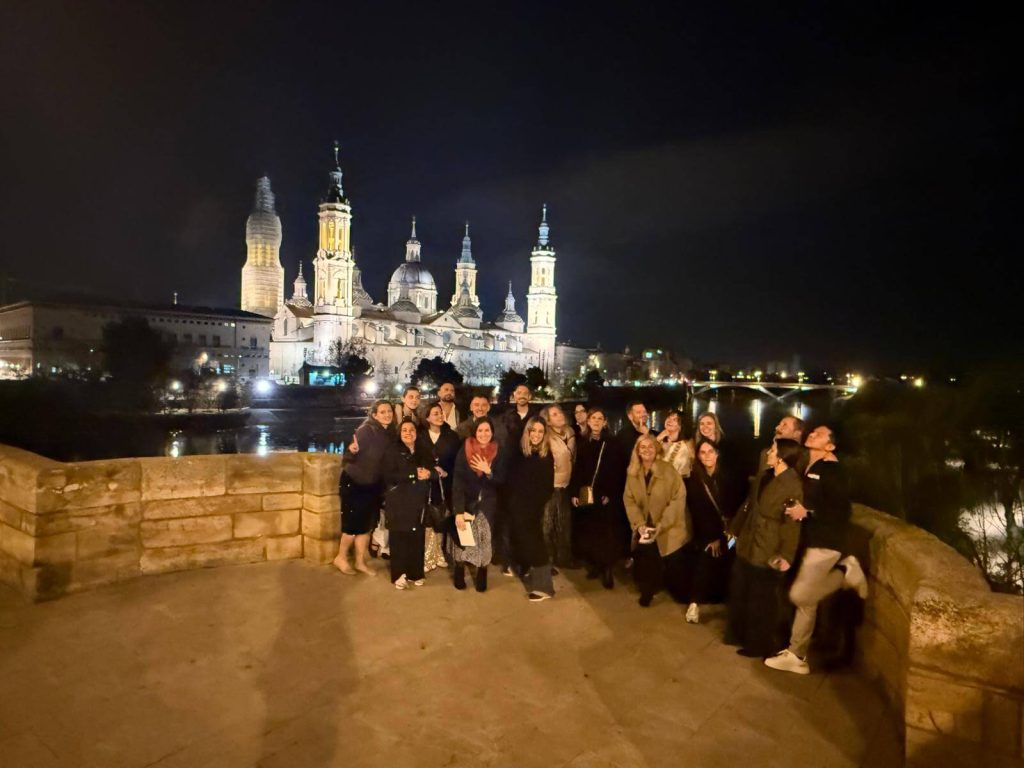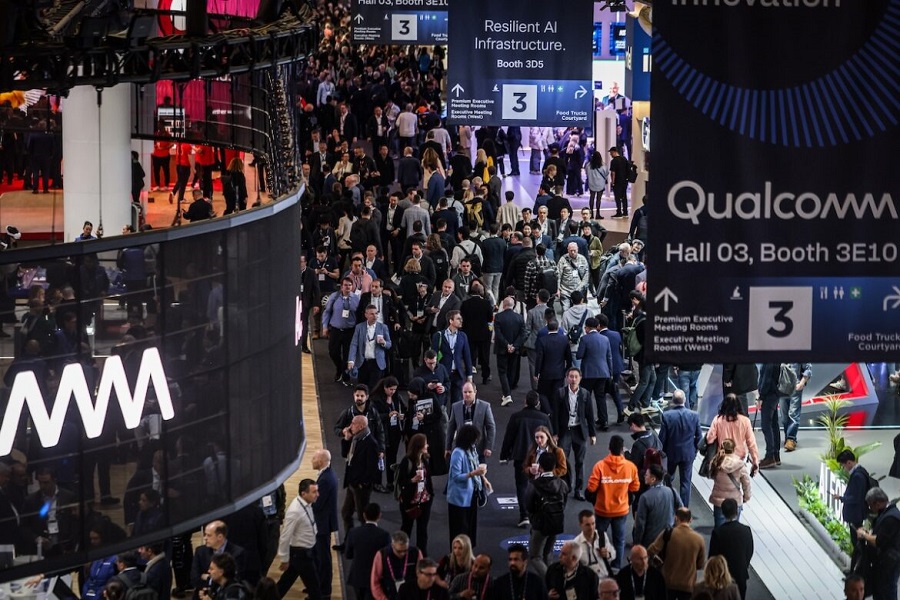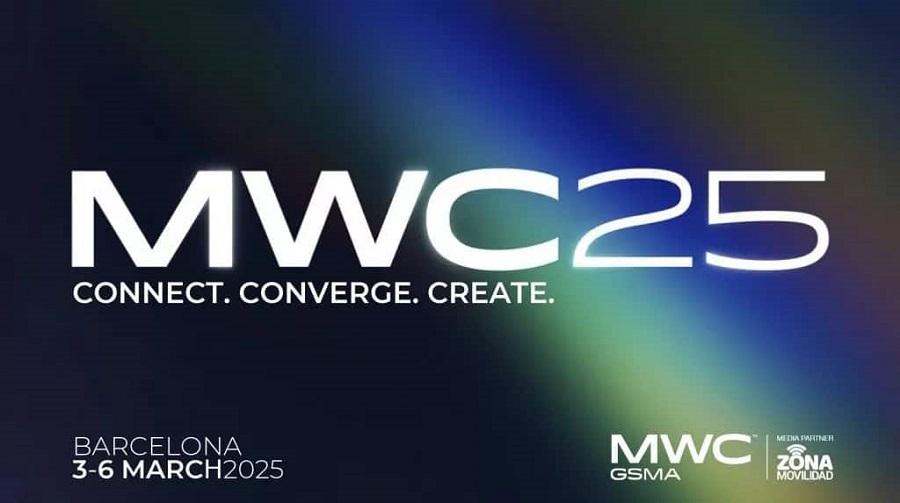What do ESTRO’s exhibitors think about this year’s experience?
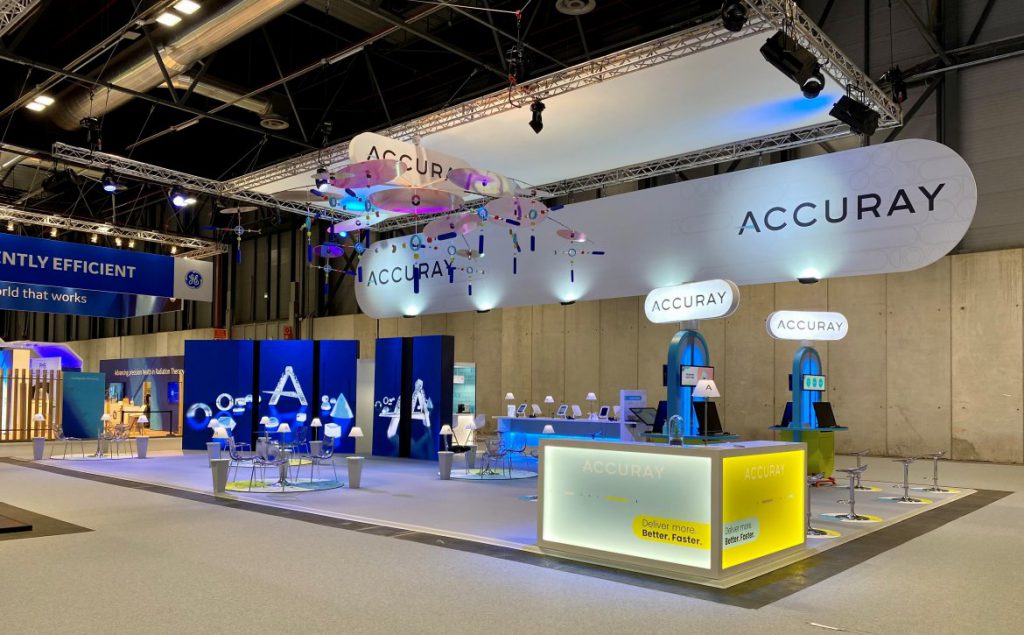
Share news
Listen
Martin Tasler, head of global product marketing for radiation oncology at Siemens Healthineers, which sell lab diagnostics tests and imaging equipment.
How did the pandemic impact you; could you still market your solutions and train your clients? During the pandemic we limited our marketing and sales activity to a minimum, since hospitals were very busy and did not have time for meetings. And for those who we needed to visit, we implemented zoom-based visits from our factory and other sites. We had to rearrange training sessions: usually our training is done on-site after people buy our machines, and this had to be done remotely.
Did it affect your activity much? Training sessions are crucial when we instal systems, and doing them remotely was a bit harder. In terms of commercial activity, if someone knew exactly what he needed, then we could sell it over the phone, but the imaging equipment and cancer therapy can be highly customised to the needs of the client, and doing this diagnosis and client understanding over the phone can be delicate. Also, even if we sell something which can be objectively specified, human contact is still very important when a new client is about to buy something of high value and importance.
How did ESTRO go this year for you? There were far fewer people than pre-covid, but they were the people who really needed to come, especially people who had a purchasing need and wanted to talk to the vendors. There is usually a percentage of visitors (“window-shoppers”) who look for general information about our services but don’t have anything to buy for now. These people did not come this year. There were also very few junior people, like students and assistant doctors. These are people we find important to meet for the long term since they will use or buy our products down the road and they need understand our solutions and have a relationship with us… but commercially they are obviously less important than people working on a sourcing project. So it was good to have more time to dedicate to people with purchasing projects and explain our solutions in more details and build more relationships.
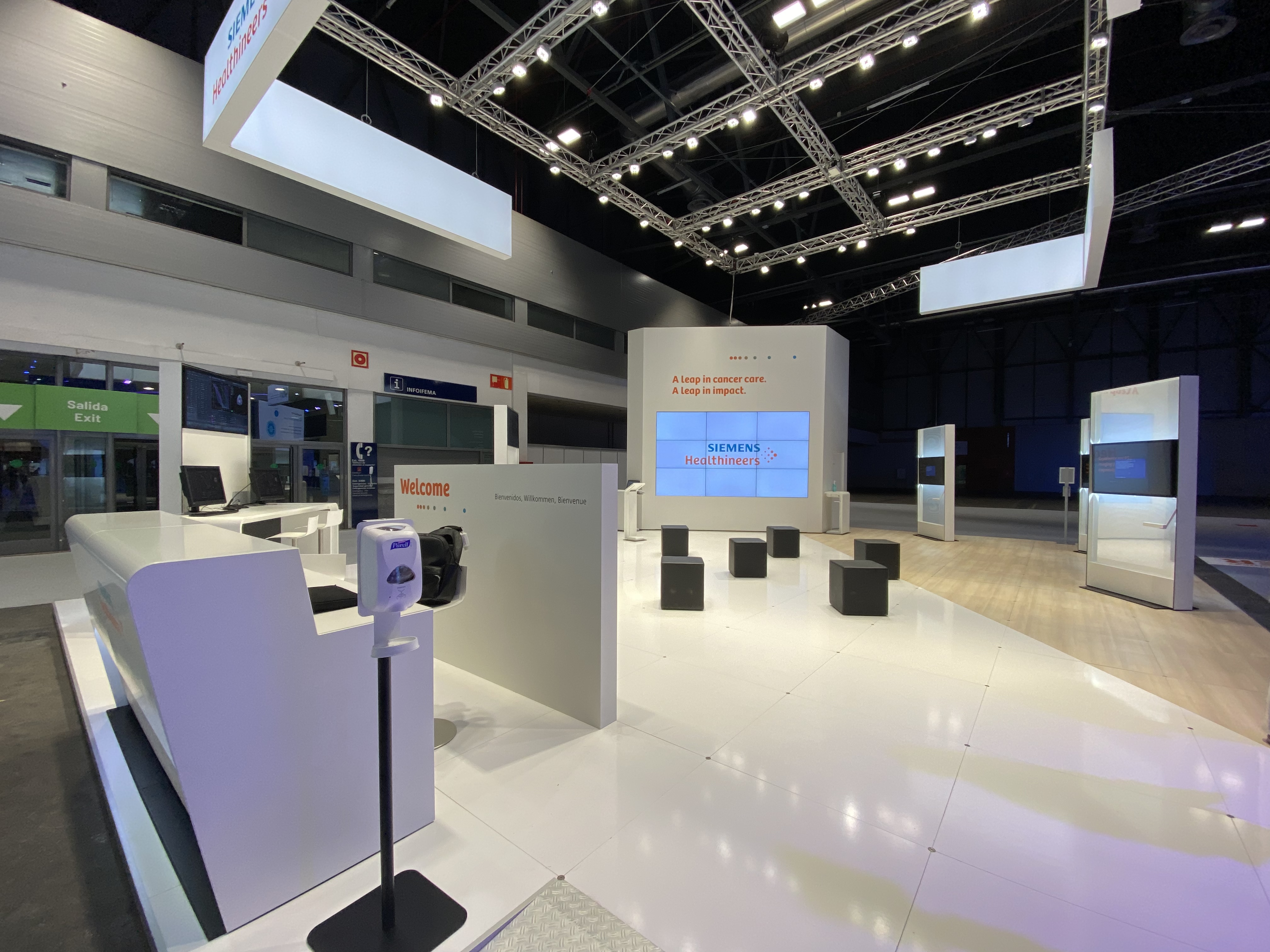
How was people’s behaviour and ways to interact, in this moment of lower health worry? The interpersonal experience was very good, the mood was very good and health worry did not really affect relationships, especially since we have a spacious stand, large screens and people could maintain some distance. And the joy of meeting was palpable, people were very happy to be together again.
Overall, was the commercial impact very different from other years? We had far fewer visitors, and the leads also dropped very significantly in the same proportion. But what changed is the depth of the lead. Leads other years could be simply a request to send more information as a general show of interest. This year the leads were much more specific, related to sales projects rather than information gathering.
Do you see any lasting change after the pandemic in your marketing? Future events will be hybrid. Scientific presentations will be streamed, and remote interaction will be possible. For instance if some of our experts can’t be on the booth and there is a question for them, we will make it possible to interact with them from the booth by videoconference. We tried it this year and it worked quite well. Also, people will have the possibility to connect remotely and see a digital replica of our booth and interact with us, during the event. So the on-site trade shows will not go away, the direct human connection which takes place on the stand will still be hugely valuable… but they will be enriched with remote options which will make it interesting.
Sancie Nakarat, senior director global marketing communications at Accuray
What was your experience in ESTRO? A show like this is mostly an external communication initiative… but I would start by stressing the internal impact. This was the first time our team was meeting since the beginning of the pandemic. We were about 50 people, including a few of our distributors. And this opportunity to meet again was extremely appreciated. The team impact was really strong, even more than we thought; there was a beautiful energy. Besides this teambuilding effect, there was also a feeling of getting back to some normality, after 18 months of a lot of disruption in our activity, this gave our team additional energy.

Externally, before the congress, there was much uncertainty about attendance (it was the end of August, there was tension in hospitals, besides having to manage a holiday season). Pre-registration was low and there was uncertainty about travelling. But once on-site, it was apparent that the majority of attendees included the heads of departments and other major decision makers. At previous events we have normally seen a higher quantity of junior staff.
The Accuray team enjoyed the quality time of their conversations with clients, far from the usual rush of a congress like this. Demos are usually 30 mins, this year they lasted for one hour, enabling us to build more relationships and explain our solution better.
And the impact on the expected result? Did the “quality over quantity” factor work? Follow up of data is complicated, but I would say, although we had fewer visitors on our stand, the analysis so far demonstrates a qualitative outcome with good lead generation. Also, besides lead generation, it was important to us as a company to show our presence, to build our reputation. We simply had to be there, to walk together with ESTRO in this important moment.
How did people interact? I did not observe any awkwardness in the human relations, maybe because the people who came were comfortable with human contact. Enthusiasm to meet again was really the key emotion. We even had clients who came to visit us two or three times, the depth of contacts was amazing!
How do you see the future of such events in your marketing? In the age of digitalization, what value do you see in these experiences? It is an analysis we are doing. When we see the cost of acquisition of leads, we see this cost in traditional marketing (including meetings) is very high compared to digital ones. We launched products in a virtual format during the pandemic, which worked well, but this may be because there was no alternative. Digitalization analysis allowed us to optimise our budgets in events like the ESTRO congress. But I don’t believe in absolute digitalization; I believe in congresses; doctors are also looking for these interactions, especially peer-to-peer. Exhibitions are also useful for them, since they can see all vendors during the congress and update their knowledge of the industry.


